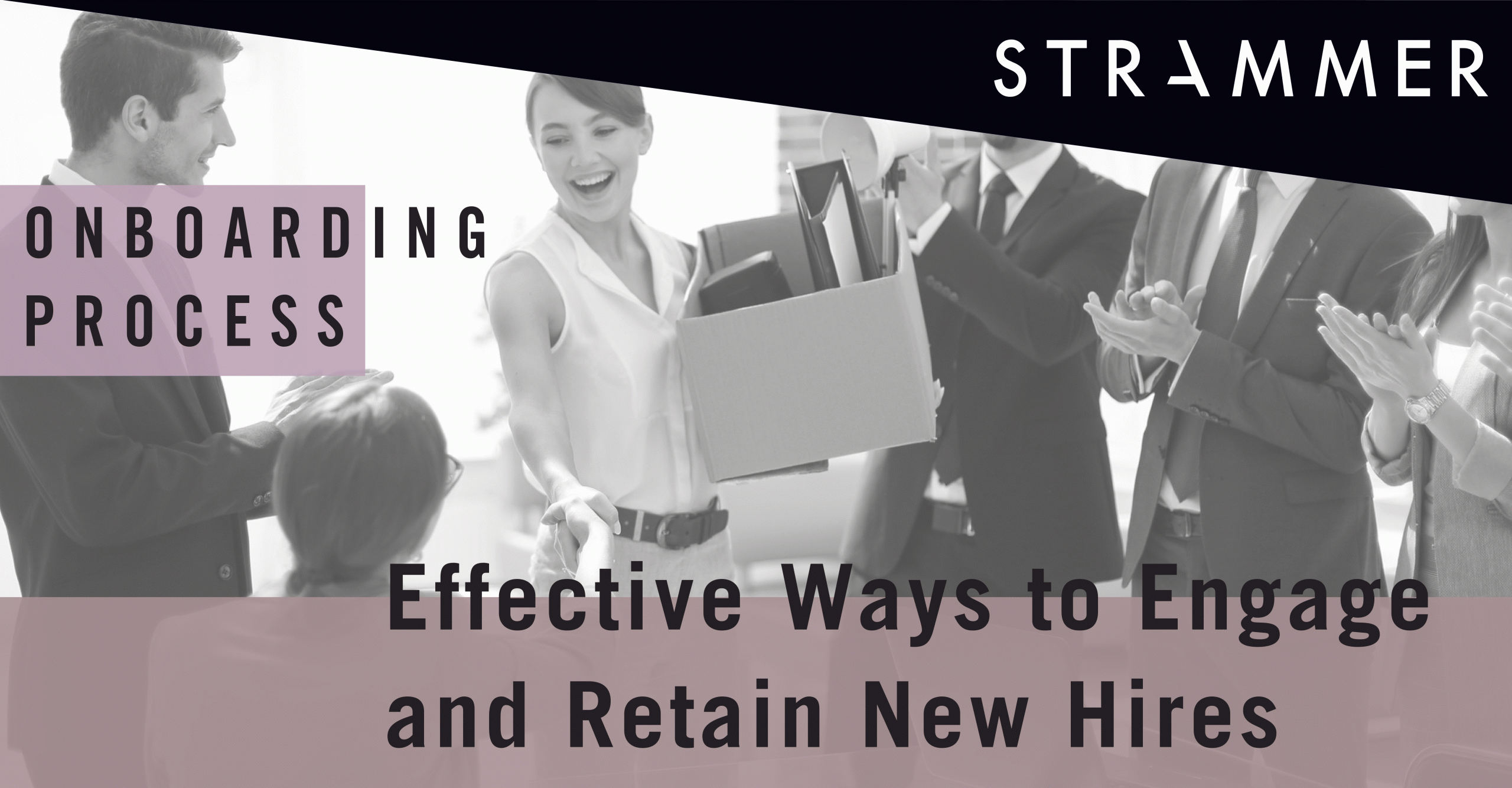Effective onboarding process
Employee voluntary turnover rates are extremely high. For instance, in 2018 according to LinkedIn, these rates were at 10,9%. Employee turnovers have a significant impact on companies. They show that employees are neither happy nor engaged. Also, they are expensive for companies, costing 50% of the worker’s annual salary. Therefore, the main question is: How can organisations overcome this problem?
Effective onboarding processes are helping to do so. A study from Glassdoor has shown that they strengthen new hire’s retention by 80%. But onboarding processes are also a way of engaging workers. A 2018 study by BambooHR demonstrated that new hires who had an effective onboarding were 18 times more likely to feel engaged to their organisation. In addition, these processes are a way for employees to know and get involved with the employer’s culture, values, and policies. On top of that, these processes must occur even when employees go through transitions or changes within the company.
First and foremost, it is critical to understand that onboarding begins before the hiring process: it starts when candidates talk to the recruiter or even when they visit the company’s website. Candidates seek to understand if the company and position they are applying for are the right ones, given their goals and expectations.
On the other hand, to improve the onboarding process, it is important to receive feedback about it. So, organisations need to make changes if necessary. They should analyse new hires’ productivity, engagement, and voluntary turnover rates, to understand if onboarding is being efficient.
Moreover, to achieve this efficient onboarding, companies need to remember that it does not end after the first working day or the first week. It is crucial to have a 30, 60, 90 days plan with multiple goals. At the end of 90 days, new hires must feel fully involved with the workplace and the company. Other companies extend onboarding processes to longer than that. There is no perfect exact time for this process, as it depends on the worker. Regardless of the onboarding period, organisations and workers must always set individual and team goals.
In addition to the onboarding process, to engage and retain new hires, it is vital to make them feel welcome and try to build relationships. Employees who develop friendships at work feel more engaged, as a 2018 Gallup research showed. For example, some organisations have developed a buddy system, which is an efficient way to welcome and integrate workers. Also, off-work activities, such as a welcome lunch, can really make a difference.
At STRAMMER, we help companies in their onboarding processes for new hires, and internal mobilities, over a 90-day period. Employees get an exclusive support from one of our Executive Mentors to ensure transition through regular sessions. Candidates become 53% more effective in adapting to the organisation’s culture. It is a clear way to get:
♦ Faster and more efficient results
♦ Ensure executive integration
♦ Build and improve personal branding
♦ Guarantee stronger team relationships
Reference:





